The Elizabethan age, 1558-1603
Elizabethan government - WJEC
Elizabeth I faced many challenges in governing the country. She needed to show strength and leadership, but also needed powerful men to support her. How successful was the government of Elizabeth I?
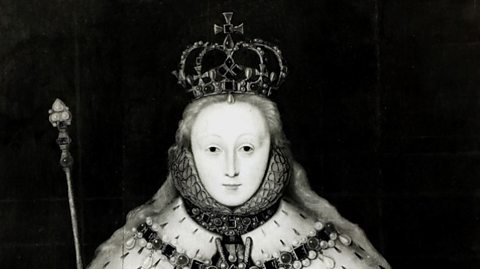
Lifestyles of rich and poor - WJEC
Although some Elizabethans increased their wealth, life for the majority was very hard. Poverty and unemployment increased during Elizabeth’s reign. How did life differ for the rich and poor in Elizabethan times?
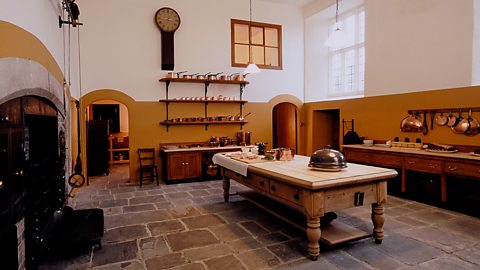
Popular entertainment - WJEC
Life was difficult for the majority of people during the Elizabethan Age. Popular entertainment was therefore an important way for them to escapes life’s hardships. What were the most popular types of entertainment in Elizabethan times?
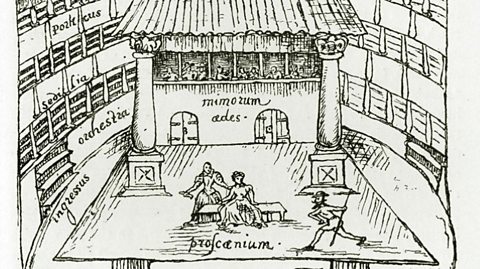
Religion in the Elizabethan age - WJEC
Religion became a very divisive factor in people’s lives in Wales and England when Protestant ideas challenged the dominance of the Roman Catholic Church. How successfully did Elizabeth deal with the problem of religion?
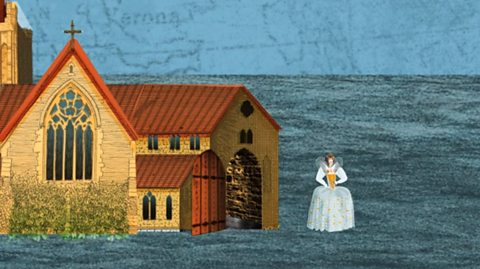
Catholicism in the Elizabethan age - WJEC
Despite the initial acceptance of the ‘middle way’, the Catholic threat increased from the late 1560s. This would eventually lead to the execution of Mary, Queen of Scots and war with Spain. Why were the Catholics a threat to Elizabeth?

The Spanish Armada - WJEC
In 1558, England, Wales and Spain were on friendly terms. However, relations deteriorated over the next 30 years, leading to a Spanish attempt to invade England. How much of a threat was the Spanish Armada?
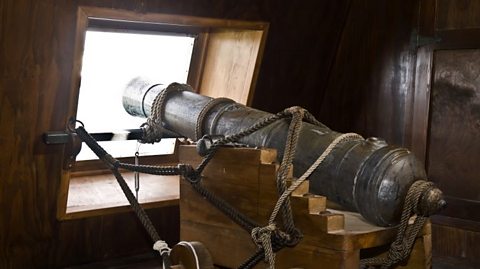
Puritanism in the Elizabethan age - WJEC
The Religious Settlement of 1559 brought stability to Wales and England. However, some extreme Protestants called Puritans wanted further change and became a challenge for Elizabeth. Why did the Puritans become a threat during Elizabeth’s reign?

Depression, war and recovery, 1930-1951
The coming of the Depression - WJEC
The Wall Street Crash in 1929 plunged the USA into economic depression and led to the Great Depression of the 1930s. What were the main causes of the Depression?

Life during the Depression - WJEC
The Depression was a traumatic period for many British families. However, some areas surprisingly prospered during the 1930s. How were people able to cope with the challenges of the Depression years?
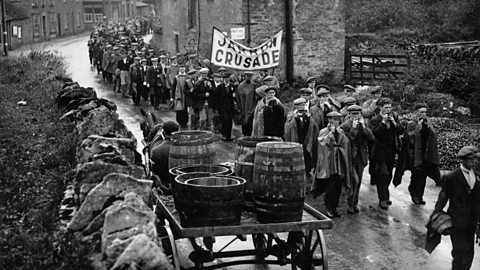
The coming of war - WJEC
Hitler’s aggressive foreign policy and Britain’s infamous policy of appeasement are some of the causes of World War Two. Britain used various methods to prepare for a major conflict. How effectively did Britain prepare for war?
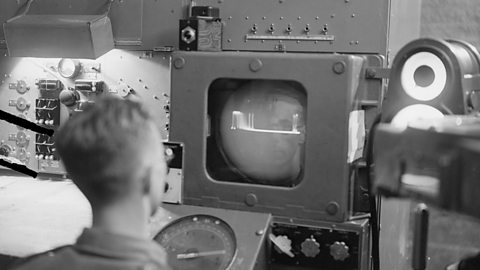
Life during wartime - WJEC
Following the outbreak of war in September 1939, the lives of British civilians and soldiers were about to change dramatically. How did people in Britain cope with the experience of war?

Keeping up morale - WJEC
Keeping up morale was a major challenge for the British Government. Without morale and hope, victory may not have been attainable, especially as it needed civilians to help the war effort. How important was it to maintain morale during the war?
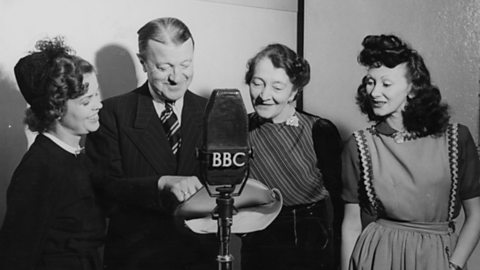
Life after war - WJEC
1945 proved to be a key moment in Great Britain’s history. World War Two had an immediate impact in terms of economic and political changes. How difficult were conditions in Britain in 1945?

Rebuilding the country after 1945 - WJEC
The post-war Labour Government in 1945 was determined to introduce key changes that would improve peoples’ lives and establish a welfare state. How did the Labour Government deal with the problems of the time?

The USA: A nation of contrasts, 1910-1929
The USA: A Nation of Contrasts overview - WJEC
America faced many challenges between 1910 and 1929. Immigration became a major issue in American society, economic problems led to the Great Depression and American culture developed significantly.
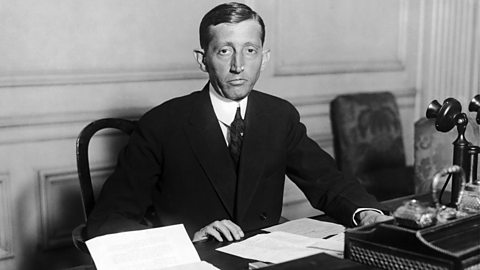
Immigration - WJEC
The USA today is a multicultural society - this is largely due to the fact that a large number of people migrated there, mostly from Europe, in the early 1900s.
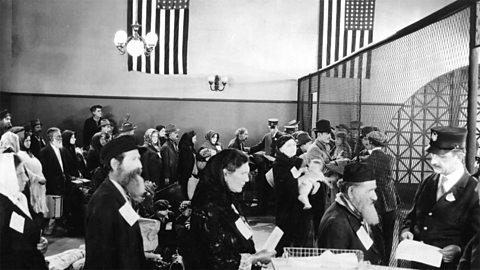
Religion and race, 1910-1929 - WJEC
Religious freedom came to America in 1791, when the First Amendment to the Constitution was passed. This stated that America should not be dominated by one Church.
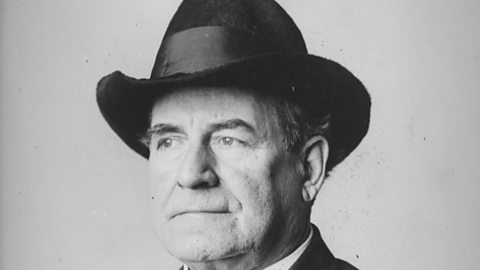
Crime and corruption, 1910-1929 - WJEC
Crime and corruption were rife in the 1920s as a result of Prohibition, organised crime and Warren Harding's corrupt government.

Economic boom - WJEC
America's economy boomed in the early 20th century. The Republican presidents adopted a laissez-faire policy but not everyone benefited from the prosperity.
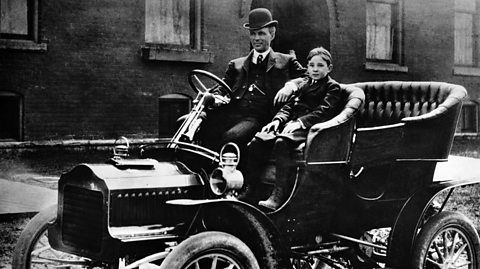
The end of prosperity - WJEC
The prosperity of the 1920s came to a sudden end after the Wall Street Crash in 1929. This led to the Great Depression of the 1930s.
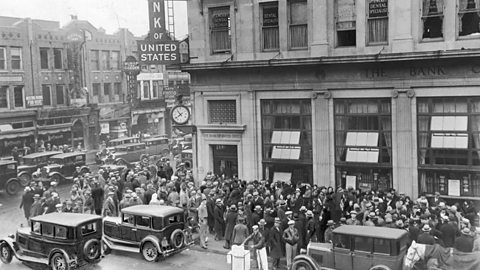
Popular entertainment - WJEC
American culture and society underwent a period of great change between 1910 and 1929 due to the popularity of the cinema, silent films, talkies and the impact of jazz music.
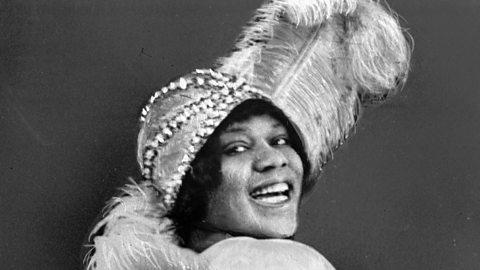
Role of women - WJEC
Attitudes towards women and towards social etiquette changed considerably. The number of women working increased during the 1920s, whilst fashion and behaviour was transformed among young women.

Germany in transition, 1919-1939
Germany in Transition overview - WJEC
Themes and issues relating to the history of Germany from 1919-1939.
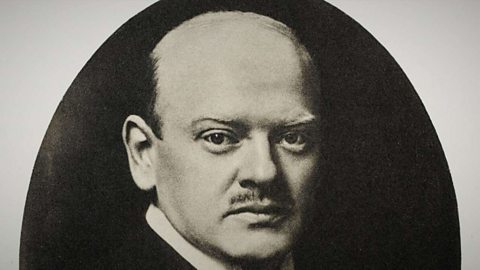
Impact of the First World War - WJEC
Born from the defeat of World War One, the new German government, the Weimar Republic, faced a series of challenges economically, politically, socially and internationally. What challenges were faced by the Weimar Republic from 1919-1923?
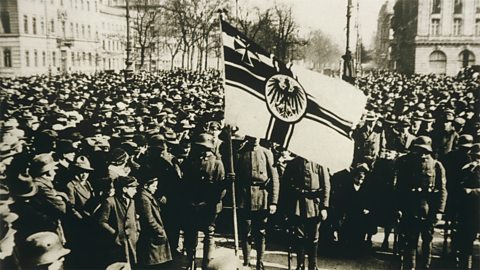
Recovery of Weimar - WJEC
Between 1923 and 1929 Germany under the Weimar Republic experienced a golden age. The leading politician Gustav Stresemann helped secure American loans to rebuild the economy, and international agreements that helped rebuild Germany's place amongst the leading nations of the world. Why were the Stresemann years considered a golden age?
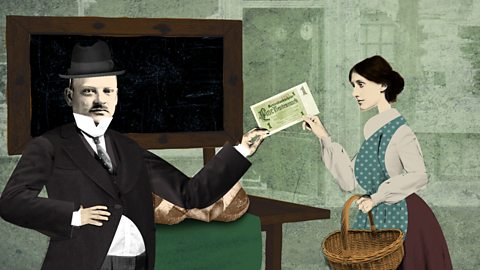
End of the Weimar Republic - WJEC
The Wall Street Crash and withdrawal of American money began a spiral of severe economic depression in Germany. By 1932, 6 million Germans were unemployed and the political system began to crumble as many ordinary Germans turned to the extremes for a solution. How and why did the Weimar Republic collapse between 1929 and 1933?
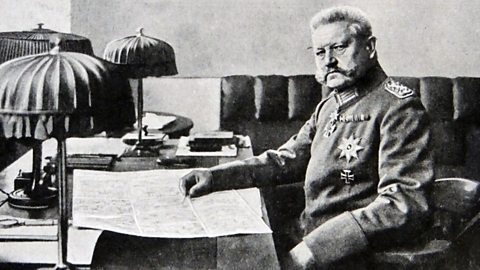
Consolidation of power - WJEC
In January 1933, leading a coalition government with only two other Nazis in the cabinet, Hitler was expected to only survive a short period as Chancellor. However just 18 months later, he declared himself the sole ruler and Führer of Germany. How did the Nazis consolidate their power between 1933 and 1934?
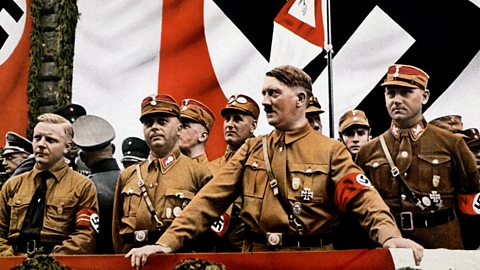
Nazi economic, social and racial policy - WJEC
Hitler had outlined his ideas in Mein Kampf, from 1933 the implementation of these ideas affected many aspects of life in Germany. How did Nazi economic, social and racial policy affect life in Germany?
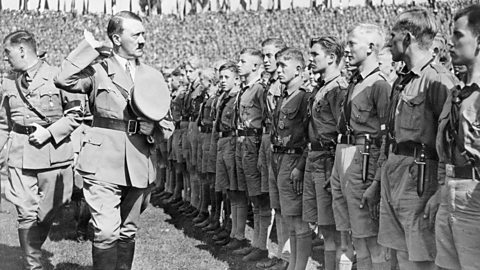
Terror and persuasion - WJEC
Nazi beliefs were enforced on the German population using a combination of indoctrination and terror. The propaganda machine under Joseph Goebbels encouraged acceptance of Nazi ideas and values. What methods did the Nazis use to control Germany?
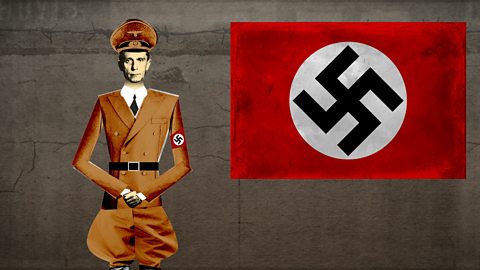
Hitler’s foreign policy - WJEC
What factors led to the outbreak of war in 1939?
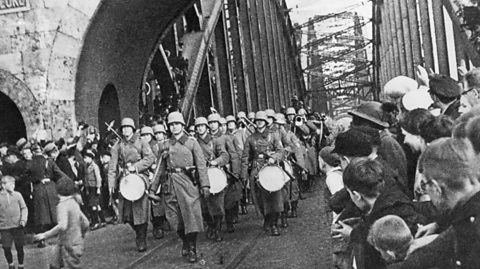
Changes in crime and punishment, c.1500 to the present day
Causes of crime – WJEC
There are many reasons why people commit crime. Some of these causes have always existed, such as greed, poverty and economic distress. Other causes of crime have changed since 1500. What have been the main causes of crime over time?

Nature of crimes – WJEC
Some crimes have always existed, whilst others are particular to certain periods in history. How has the nature of criminal activity differed and changed over time?
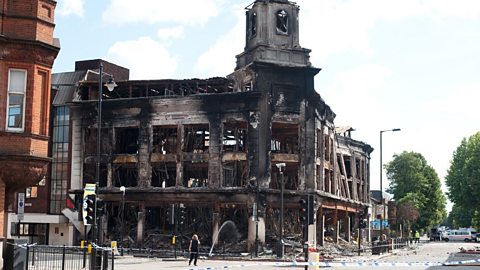
Enforcing law and order – WJEC
Before the 19th century there were no state funded police forces. In modern times, we now have police forces in every part of the country. How has the responsibility of enforcing law and order changed over time?
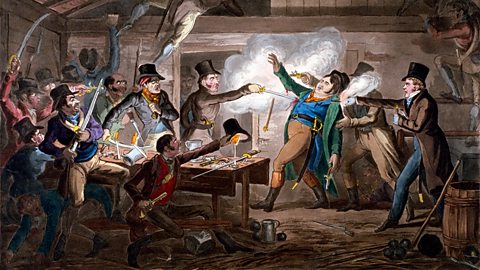
Methods of combatting crime – WJEC
The methods of combatting crime have changed over time, with some proving more effective than others. These methods have changed and adapted in response to crime and crime rates. How effective have methods of combatting crime been over time?
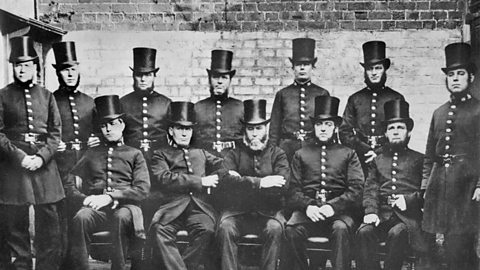
Attitudes to punishment – WJEC
Attitudes towards punishments have changed over time. Methods of punishment that were deemed acceptable in the past are now considered cruel or harsh. Why have attitudes to punishment changed over time?

Methods of punishment – WJEC
Methods of punishment in Tudor and Stuart times consisted of capital and corporal punishment carried out in public. The focus has now changed, with prison being the main form of punishment. How have methods of punishment changed over time?

Changes in health and medicine, c.1340 to the present day
Attempts to treat and cure illness and disease – WJEC
The treatment of illness and disease has changed due to improvements in medical knowledge. Treatments have become increasingly successful. How have attempts to treat illness and disease changed over time?

Advances in medical knowledge – WJEC
Medical knowledge has progressed over time and has led to advances in the treatment of illness and disease. How much progress has been made in medical knowledge over the centuries?
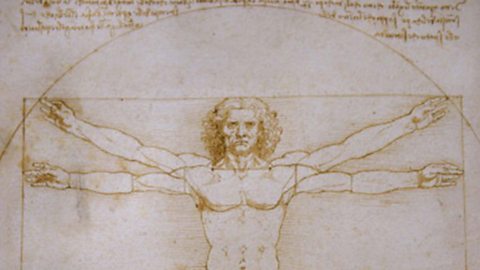
Developments in patient care – WJEC
Patient care has progressed and led to improvements in the treatment of illness and disease. How has the care of patients improved over time?
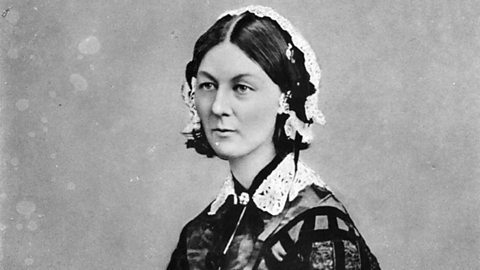
Developments in public health and welfare – WJEC
Public health and welfare have progressed over the centuries and has led to improvements in health and life expectancy. How effective were attempts to improve public health and welfare over time?
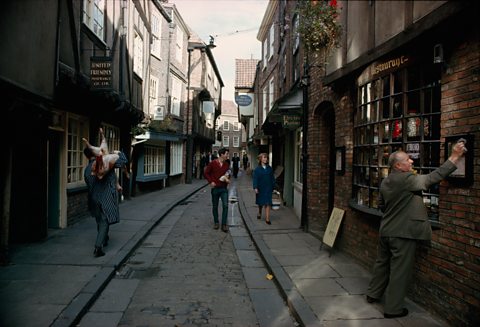
The development of warfare, c.1250 to the present day
The development of warfare overview - WJEC
Warfare has changed dramatically since the 13th century. Why did people and countries go to war in this period and how did they fight?
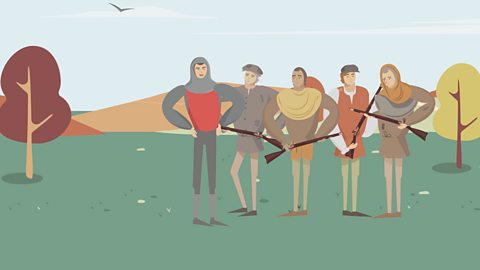
Changes in patterns of migration, c.1500 to the present day
Changes in patterns of migration overview - WJEC
Migration into and out of Britain has taken place throughout history. Leaving one country to go to another or moving between parts of a country brings challenges, opportunities and changes.
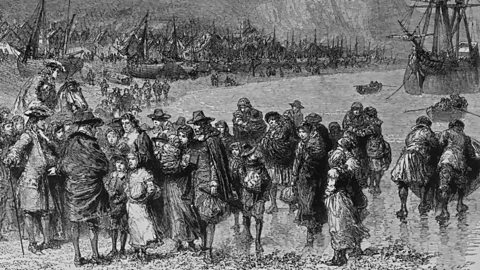
Links
- External linkExternal link
- External linkExternal link
- External linkExternal link
- SubscriptionSubscription
- External linkExternal link